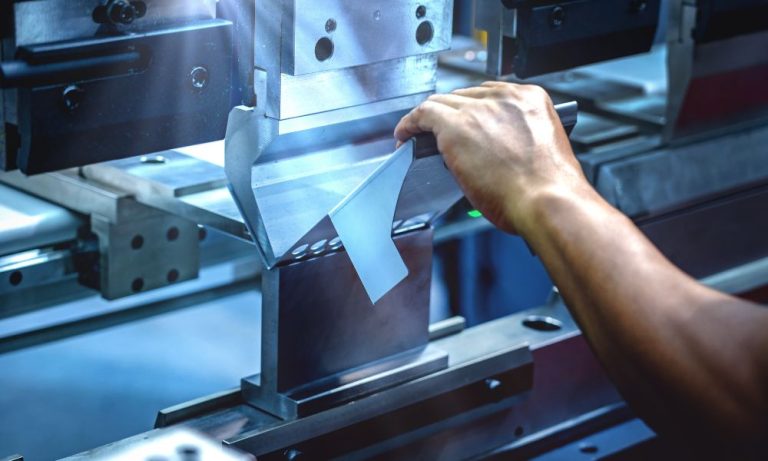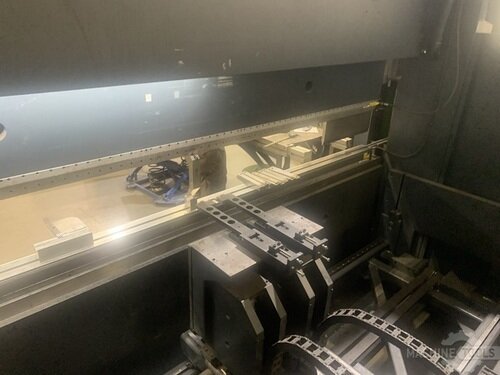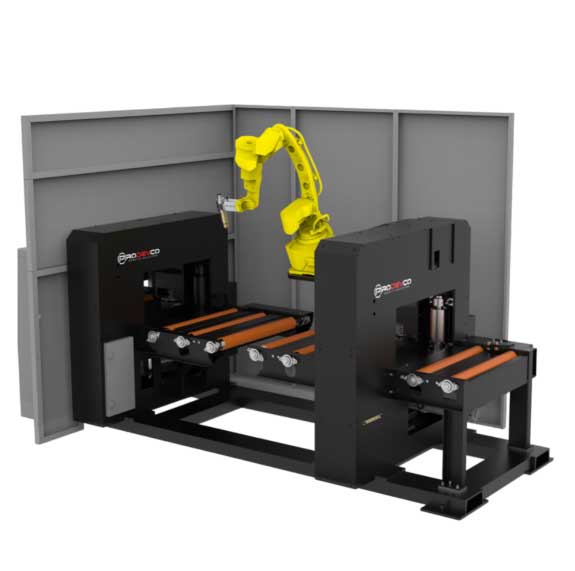Having spent years working closely with fabricators across the Midwest and beyond, I’ve seen the transformative impact that the right equipment pairing can have on a shop’s bottom line. At Mac-Tech, my role is to help customers identify bottlenecks, match advanced technology to their specific needs, and ensure that every investment translates to measurable gains in productivity and profitability. Whether you’re optimizing for faster throughput, tighter tolerances, or more flexible job scheduling, a holistic approach to your workflow is essential.
Understanding Workflow Bottlenecks: Real-World Challenges in Modern Fabrication
Modern fabrication shops face ever-increasing demands for speed, accuracy, and flexibility. High-speed lasers for sheet, plate, and tube cutting have become the backbone of many operations, but these systems often expose inefficiencies elsewhere in the workflow. For example, if your press brakes can’t keep pace with your laser’s output, you risk creating a bottleneck that slows delivery times and increases work-in-progress inventory.
I’ve worked with shops that invested heavily in laser technology but saw only modest gains in overall throughput. The missing piece was often a press brake solution capable of matching the laser’s speed while maintaining precision and repeatability. Addressing these bottlenecks requires more than just buying a faster machine—it means integrating equipment that works seamlessly together and supports your specific production goals.
Strategic Equipment Pairing: Aligning Ermaksan Press Brakes with High-Speed Laser Systems
Pairing Ermaksan press brakes with high-speed laser systems is a strategy that pays dividends in both performance and ROI. Ermaksan’s press brakes are engineered for rapid setup and cycle times, which is critical when your laser is feeding parts at an unprecedented rate. Their advanced control systems and backgauge options allow operators to move from laser cutting to bending with minimal interruption.
Choosing the right press brake is about more than just matching tonnage and bed length to your laser’s capabilities. It’s about ensuring software compatibility, streamlined data transfer, and automation features that let your operators focus on value-added tasks instead of manual data entry or setup. Ermaksan’s integration options make it easier to create a true “cut-to-bend” workflow, reducing lead times and labor costs.
Driving Efficiency Gains: Optimizing Sheet, Plate, and Tube Processing Integration
Seamless integration between your laser and press brake operations can yield significant efficiency gains. For example, with Ermaksan’s offline programming and CNC controls, you can prepare bending programs while the laser is still cutting, ensuring there’s no downtime between steps. This enables production teams to handle higher mix and volume without sacrificing quality.
Automated material handling solutions, such as robotic part loaders and unloaders, further bridge the gap between cutting and forming. Ermaksan’s compatibility with these systems allows shops to keep their laser and press brake running in sync, maximizing throughput across sheet, plate, and even complex tube geometries. This kind of integration is key for shops looking to maintain a competitive edge in a fast-paced market.
ERMAKSAN POWER-BEND FALCON BENDING MACHING
Tooling and Technology Insights: Enhancing Performance and Precision on the Shop Floor
The right tooling is just as important as the machine itself. Ermaksan press brakes are designed to accept a wide range of tooling systems, including precision-ground European-style punches and dies. Quick-change tooling and automatic tool clamping options reduce setup time and increase the consistency of bends, especially critical when switching between jobs cut on high-speed lasers.
Modern CNC controls and real-time angle measurement systems are also game-changers. They ensure that each part meets tight tolerances, even when bending materials with variable thickness or complex geometries. Investing in these technologies means fewer rejected parts, less rework, and higher customer satisfaction—all of which feed directly into your ROI calculations.
ROI-Driven Decision Making: Evaluating Investments for Lasting Competitive Advantage
Every equipment purchase should be viewed through the lens of long-term value. Ermaksan press brakes deliver not just speed and precision, but also reliability and scalability. Their robust build quality reduces maintenance costs over time, and their compatibility with modern automation solutions means your investment will continue to pay off as your production needs evolve.
I encourage fabricators to look beyond the initial price tag and consider total cost of ownership, including training, support, and machine uptime. At Mac-Tech, we back our recommendations with on-site support, training, and ongoing consultation, ensuring you get the most from your equipment. In a competitive market, the right equipment pairing is about more than staying busy—it’s about staying profitable.
Frequently Asked Questions
How do Ermaksan press brakes keep up with high-speed laser output?
Their rapid setup, cycle times, and advanced controls minimize downtime between cutting and bending.
Can Ermaksan press brakes be integrated with automated material handling?
Yes, Ermaksan offers compatibility with robotic loaders/unloaders and other automation solutions for seamless workflow.
What tooling options are available for Ermaksan press brakes?
They accept a wide variety of tooling, including precision-ground European systems and quick-change solutions.
Will new press brakes require extensive operator retraining?
Ermaksan’s intuitive controls and training support minimize the learning curve for most operators.
How does investing in integrated systems affect ROI?
Integrated systems reduce bottlenecks, improve throughput, and lower labor costs, leading to faster payback and higher profitability.
Are Ermaksan machines suitable for both small and large production runs?
Absolutely. Their flexibility and programmability make them ideal for a variety of batch sizes and part complexities.
Get Weekly Mac-Tech News & Updates








